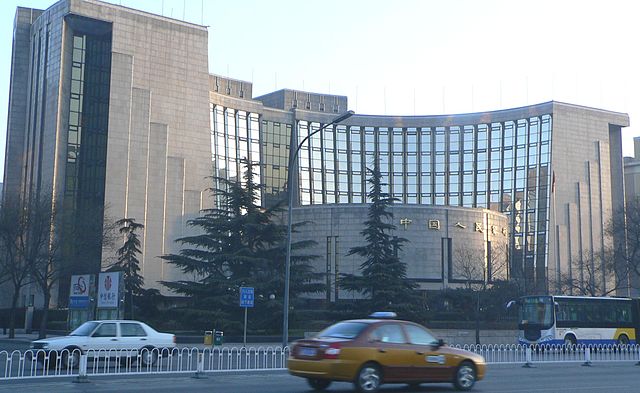In an announcement, the Chinese central bank has mentioned that it had tainted the way it computed the currency's daily midpoint against the greenback, now taking the midpoint from market-makers quotes and the previous day's closing price. The reflection of USDCNY fixing rate has been adverse on spot FX trading. The USDCNY fixing rate is up higher by 1.9%, the largest adjustment on record, reflecting a major change in the determination of the exchange rate, citing sharp REER appreciation and spot deviation from fix as PBoC's currency management mechanism to reflect where spot CNY is trading, as a result we reckon that the risks are much higher for further CNY depreciation.
China's spot Yuan fell nearly 2% in early trading sessions today heading towards its biggest daily crash ever. The Yuan was quoted at 6.3080 versus the dollar in early trade, weakening from 6.2097 at the closed on Monday. It fell 0.7 percent during the global financial crisis in December 2008. With expectations of this outcome likely to drive FX forward points higher and intensify hedging activities.
Moreover, we go on with belief that supply-demand dynamics will remain constructive for higher rates in the CNH CCS market. We think expectations of a weaker RMB should lead to increased demand for hedging of RMB-denominated assets or cash flows, as observed in today's kneejerk reaction in front-end forwards - 1s CNY has moved 3% compared to the 1.9% change in fix. Moreover, this is likely to reduce global investors' appetite for 'Dim Sum' bonds, which comes at a time when maturities of these bonds are rather light (CNH38.2bn of maturities in Q2 vs an estimated CNH15.6bn in Q3).
Thus, a likely decrease in Dim Sum bond issuance and hedging flows, which supported the market through Q2 15, should mean little resistance to a move higher in CNH CCS. Moreover, we think that market positioning is skewed towards being short USDCNH, hence, a likely slow down of which may extra impact the market beyond today's hasty reaction.
PBoC stuns with Yuan devaluation - hedging activity to intensify

People's Bank of China headquarters in Beijing
Tuesday, August 11, 2015 6:41 AM UTC
Editor's Picks
- Market Data
Most Popular



 Bitcoin Reserves Hit 5-Year Low as $2.15B Exits Exchanges – Bulls Quietly Loading the Spring Below $100K
Bitcoin Reserves Hit 5-Year Low as $2.15B Exits Exchanges – Bulls Quietly Loading the Spring Below $100K  Bank of Korea Holds Interest Rates Steady as Weak Won Limits Policy Flexibility
Bank of Korea Holds Interest Rates Steady as Weak Won Limits Policy Flexibility  Airline Loyalty Programs Face New Uncertainty as Visa–Mastercard Fee Settlement Evolves
Airline Loyalty Programs Face New Uncertainty as Visa–Mastercard Fee Settlement Evolves  Japan’s Finance Minister Signals Alignment With BOJ as Rate Hike Speculation Grows
Japan’s Finance Minister Signals Alignment With BOJ as Rate Hike Speculation Grows  RBA Holds Rates but Warns of Rising Inflation Pressures
RBA Holds Rates but Warns of Rising Inflation Pressures  BOJ’s Kazuo Ueda Signals Potential Interest Rate Hike as Economic Outlook Improves
BOJ’s Kazuo Ueda Signals Potential Interest Rate Hike as Economic Outlook Improves  Fed Near Neutral Signals Caution Ahead, Shifting Focus to Fixed Income in 2026
Fed Near Neutral Signals Caution Ahead, Shifting Focus to Fixed Income in 2026  ETH Bulls Smash Trendline – $4,000 Next as Whale Squeeze Tightens
ETH Bulls Smash Trendline – $4,000 Next as Whale Squeeze Tightens 





























